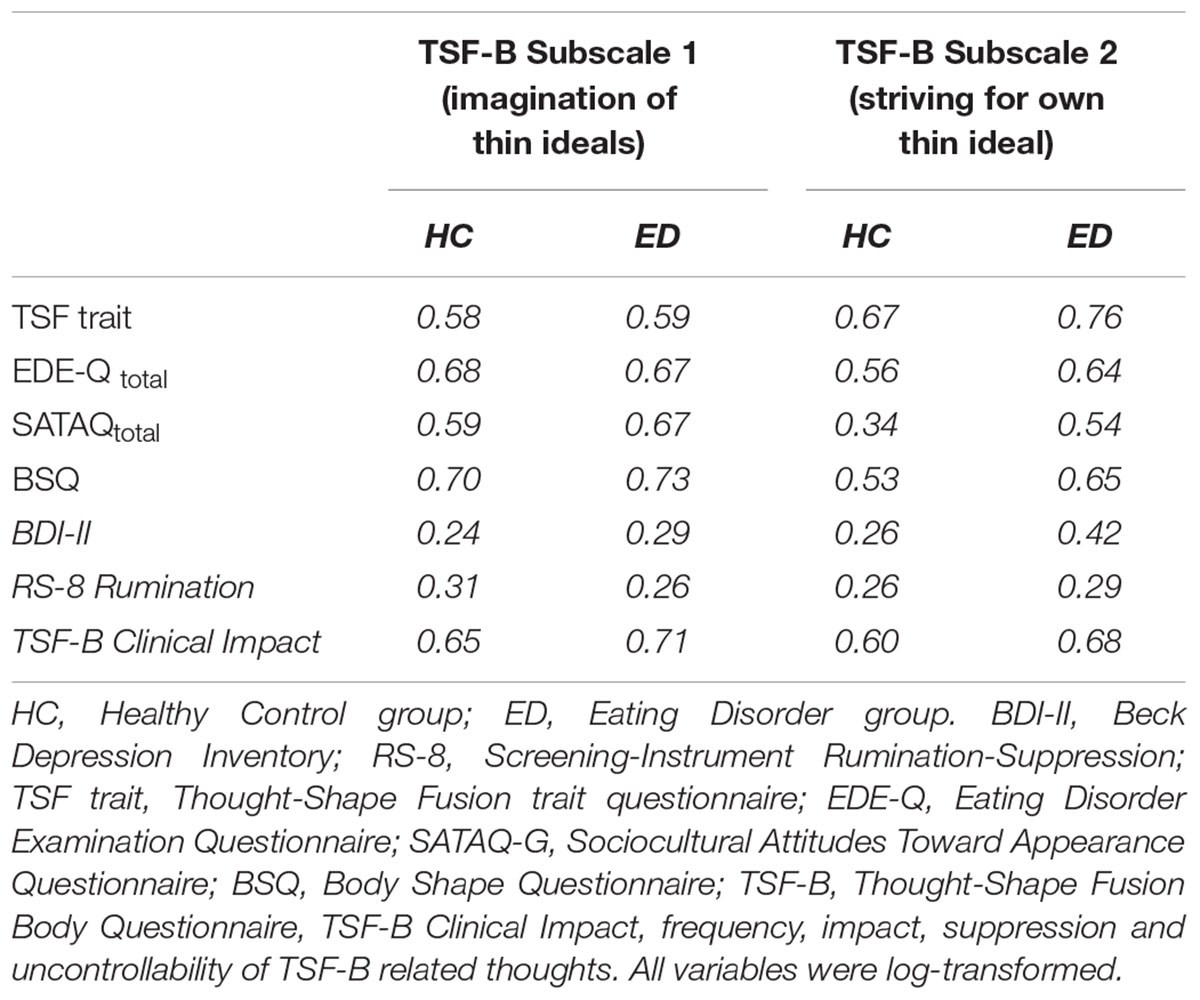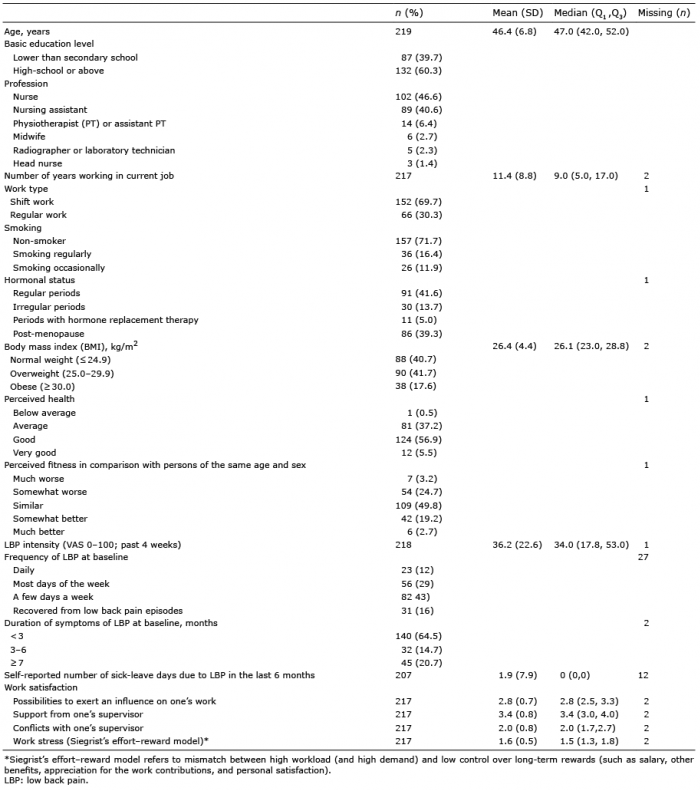Becks Depressions Inventar Pdf Creator
Posted By admin On 23.09.19Beck's Depression Inventory This depression inventory can be self-scored. The scoring scale is at the end of the questionnaire. 0 I do not feel sad. Description of Measure: The Beck Depression Inventory (BDI) is a 21-item, self-report rating inventory that measures characteristic attitudes and symptoms of. Becks Depressions Inventar Pdf free download programs. Das Beck- Depressions- Inventar (BDI. Here you can fill out the depression test. Create a free website.
. The Beck Depression Inventory ( BDI, BDI-1A, BDI-II), created by, is a 21-question, one of the most widely used for measuring the severity of. Its development marked a shift among professionals, who had until then, viewed depression from a perspective, instead of it being rooted in the patient's own thoughts. In its current version, the BDI-II is designed for individuals aged 13 and over, and is composed of items relating to symptoms of depression such as hopelessness and irritability, cognitions such as guilt or feelings of being punished, as well as physical symptoms such as fatigue, and lack of interest in sex. There are three versions of the BDI—the original BDI, first published in 1961 and later revised in 1978 as the BDI-1A, and the BDI-II, published in 1996. The BDI is widely used as an assessment tool by health care professionals and researchers in a variety of settings. The BDI was used as a model for the development of the (CDI), first published in 1979 by clinical psychologist.
Contents. Development and history Historically, depression was described in terms as 'inverted hostility against the self'. By contrast, the BDI was developed in a novel way for its time; by collating patients' verbatim descriptions of their symptoms and then using these to structure a scale which could reflect the intensity or severity of a given symptom. Beck drew attention to the importance of 'negative cognitions' described as sustained, inaccurate, and often intrusive negative thoughts about the self. In his view, it was the case that these cognitions caused depression, rather than being generated by depression.
Beck developed a triad of negative cognitions about the world, the future, and the self, which play a major role in depression. An example of the triad in action taken from Brown (1995) is the case of a student obtaining poor exam results:. The student has negative thoughts about the world, so he may come to believe he does not enjoy the class. The student has negative thoughts about his future because he thinks he may not pass the class. The student has negative thoughts about his self, as he may feel he does not deserve to be in college. The development of the BDI reflects that in its structure, with items such as 'I have lost all of my interest in other people' to reflect the world, 'I feel discouraged about the future' to reflect the future, and 'I blame myself for everything bad that happens' to reflect the self. The view of depression as sustained by intrusive negative cognitions has had particular application in (CBT), which aims to challenge and neutralize them through techniques such as.
BDI The original BDI, first published in 1961, consisted of twenty-one questions about how the subject has been feeling in the last week. Each question had a set of at least four possible responses, ranging in intensity. For example:. (0) I do not feel sad. (1) I feel sad. (2) I am sad all the time and I can't snap out of it. (3) I am so sad or unhappy that I can't stand it.
When the test is scored, a value of 0 to 3 is assigned for each answer and then the total score is compared to a key to determine the depression's severity. The standard cut-off scores were as follows:. 0–9: indicates minimal depression.
10–18: indicates mild depression. 19–29: indicates moderate depression. 30–63: indicates severe depression. Higher total scores indicate more severe depressive symptoms.
Beck's Depression Inventory Bdi-ii
Some items on the original BDI had more than one statement marked with the same score. For instance, there are two responses under the Mood heading that score a 2: (2a) 'I am blue or sad all the time and I can't snap out of it' and (2b) 'I am so sad or unhappy that it is very painful'.
BDI-IA The BDI-IA was a revision of the original instrument developed by Beck during the 1970s, and copyrighted in 1978. To improve, the ' a and b statements' described above were removed, and respondents were instructed to endorse how they had been feeling during the preceding two weeks. The for the BDI-IA was good, with a coefficient of around 0.85, meaning that the items on the inventory are highly correlated with each other. However, this version retained some flaws; the BDI-IA only addressed six out of the nine criteria for depression. This and other criticisms were addressed in the BDI-II.
BDI-II The BDI-II was a 1996 revision of the BDI, developed in response to the publication of the, Fourth Edition, which changed many of the for Major Depressive Disorder. Items involving changes in, and difficulty working were replaced. Also, sleep loss and items were revised to assess both increases and decreases in sleep and appetite. All but three of the items were reworded; only the items dealing with feelings of being punished, thoughts about suicide, and interest in sex remained the same. Finally, participants were asked to rate how they have been feeling for the past two weeks, as opposed to the past week as in the original BDI.
Like the BDI, the BDI-II also contains 21 questions, each answer being scored on a scale value of 0 to 3. Higher total scores indicate more severe depressive symptoms.
The standardized cutoffs used differ from the original:. 0–13: minimal depression. 14–19: mild depression. 20–28: moderate depression. 29–63: severe depression.


One measure of an instrument's usefulness is to see how closely it agrees with another similar instrument that has been validated against information from a clinical interview by a trained clinician. In this respect, the BDI-II is positively correlated with the with a of 0.71, showing good agreement. The test was also shown to have a high one-week test–retest reliability (Pearson r =0.93), suggesting that it was not overly sensitive to daily variations in mood. The test also has high internal consistency (α=.91).
Two-factor approach to depression. This section's factual accuracy is. Relevant discussion may be found on. Please help to ensure that disputed statements are.
(June 2014) Depression can be thought of as having two components: the affective component (e.g. Mood) and the physical or 'somatic' component (e.g.
Loss of appetite). The BDI-II reflects this and can be separated into two subscales.
The purpose of the subscales is to help determine the primary cause of a patient's depression. The affective subscale contains eight items:, past failures, guilty feelings, punishment feelings, self-dislike, self-criticalness, suicidal thoughts or wishes, and worthlessness. The somatic subscale consists of the other thirteen items: sadness, loss of pleasure, crying, agitation, loss of interest, indecisiveness, loss of energy, change in sleep patterns, irritability, change in appetite, concentration difficulties, tiredness and/or fatigue, and loss of interest in sex. The two subscales were moderately correlated at 0.57, suggesting that the physical and psychological aspects of depression are related rather than totally distinct. The authors of the BDI-II have demonstrated that the factor structure of the BDI-II changes with population assessed.
As such, no unified underlying factor structure is agreed upon. Scoring of the subscale structure is only for research and qualitative purposes. The subscale scores do not have individual cut-offs for interpretation. The factor structure of the BDI-II is discussed on pages 28–34 of the current BDI-II second edition manual originally published 1996.
In a sample of Psychiatric Outpatients (N=500) a 2 factor solution was found. Factor 1 (Somatic-Affective) contained 12 items: 4-Loss of Pleasure, 10-Crying, 11-Agitation, 12-Loss of Interest, 13-Indecisiveness, 15-Energy, 16-Sleep, 17-Irritability, 18-Appetite, 19-Concentration, 20-Tired/Fatigue, & 21-Loss of Interest in Sex. Factor 2 (Cognitive) contained 9 items: 1-Sadness, 2-Pessimism, 3-Past Failure, 5-Guilt, 6-Punishment Feelings, 7-Self-Dislike, 8-Self-Criticalness, 9-Suicidal Thoughts, & 14-Worthlessness. Correlation between the 2 factors was r =.66, p. ^ Beck AT (1972). Depression: Causes and Treatment. Philadelphia: University of Pennsylvania Press.
Children's Depression Inventory. North Tonawanda, NY: Multi-Health Systems, Inc. ^ McGraw Hill Publishing Company.Retrieved on 2009-02-24. Allen JP (2003). Retrieved 2004-02-24.
Brown GP, Hammen CL, Craske MG, Wickens TD (August 1995). Journal of Abnormal Psychology. 104 (3): 431–5. Retrieved 2008-10-30. Beck AT, Ward CH, Mendelson M, Mock J, Erbaugh J (June 1961). 'An inventory for measuring depression'.
4 (6): 561–71. Beck AT, Steer RA, Garbin MG J (1988). 'Psychometric properties of the Beck Depression Inventory Twenty-five years of evaluation'. Moran PW, Lambert MJ (1983). 'A review of current assessment tools for monitoring changes in depression'. In Lambert MS, Christensen ER, DeJulio S. The Assessment of Psychotherapy Outcomes.
New York: Wiley. ^ Beck AT, Steer RA, Ball R, Ranieri W (December 1996). Journal of Personality Assessment. 67 (3): 588–97.
Retrieved 2008-10-30. Ambrosini PJ, Metz C, Bianchi MD, Rabinovich H, Undie A (January 1991). Journal of the American Academy of Child and Adolescent Psychiatry. 30 (1): 51–7. Retrieved 2008-10-30.
Beck AT, Steer RA and Brown GK (1996) 'Manual for the Beck Depression Inventory-II'. San Antonio, TX: Psychological Corporation. Steer RA, Ball R, Ranieri WF, Beck AT (January 1999). 'Dimensions of the Beck Depression Inventory-II in clinically depressed outpatients'. Journal of clinical psychology. 55 (1): 117–28. Storch EA, Roberti JW, Roth DA (2004).
Educational Assessment
'Factor structure, concurrent validity, and internal consistency of the Beck Depression Inventory-Second Edition in a sample of college students'. 19 (3): 187–9. Beck AT, Ward C, Mendelson M (1961). 'Beck Depression Inventory (BDI)'. Arch Gen Psychiatry. 4 (6): 561–571.
Richter, P; J Werner; A Heerlein; A Kraus; H Sauer (1998). 'On the validity of the Beck Depression Inventory. 31 (3): 160–8.
Victorian Transcultural Psychiatry Unit. December 2005.

Archived from on July 19, 2008. Retrieved 2009-02-24. Steele GI (October 2006).
Biblioteca universia. Retrieved 2009-02-24. Bowling A (September 2005). Journal of public health (Oxford, England). 27 (3): 281–91. Retrieved 2008-10-30. Moore MJ, Moore PB, Shaw PJ (October 1998).
'Mood disturbances in motor neurone disease'. Journal of the neurological sciences. 160 Suppl 1: S53–6. Steer RA, Cavalieri TA, Leonard DM, Beck AT (1999). General hospital psychiatry. 21 (2): 106–11.
Retrieved 2008-10-30. Hersen M, Turner SM, Beidel DC (2007). Adult Psychopathology and Diagnosis (5th ed.). John Wiley & Sons. Zimmerman M. Using scales to monitor symptoms and treatment of depression (measurement based care). In, Rose, BD (Ed), UpToDate, Waltham, MA, 2011.
Kroenke K, Spitzer RL, Williams JB (September 2001). J Gen Intern Med.
16 (9): 606–13. Further reading.